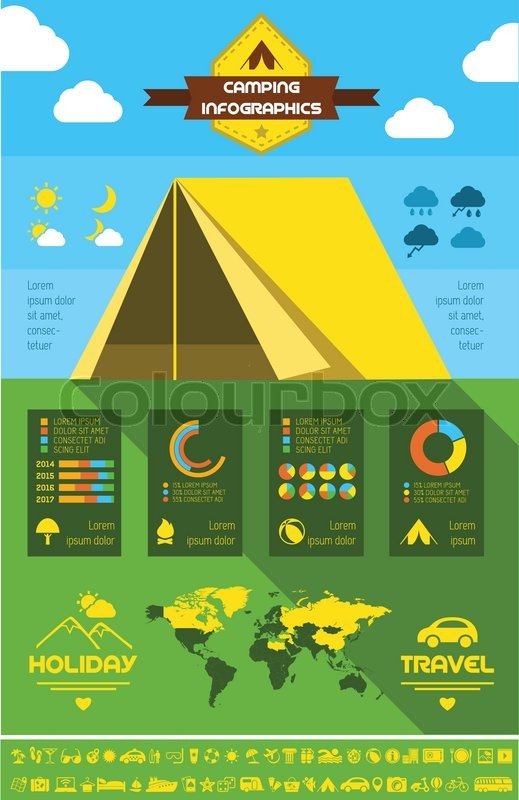Edge angles are necessary components in building and engineering jobs. They provide stamina, toughness, and adaptability. They are additionally very easy to set up and can withstand various environmental factors.
Builders make use of lots of types of angles to develop strong, secure structures. Several of these angles are for looks, while others are used to enhance accessibility and feature.
Stamina
The strength of steel angles is essential for guaranteeing that structures are secure and can stand up to heavy tons. These components can be made use of for a variety of jobs, from reinforcing beams and columns to producing frameworks for shelving and secure fencing. They are also suitable for creating assistance frameworks in industrial settings.
Curved inside edges are an important part of modern-day engineering and layout, as they assist to disperse tension equally across the material. This can make a product stronger and much less most likely to break or fall short, particularly in materials such as glass, stone, and ceramic tile.
Spherical corners in rotomolded components additionally help to minimize stress and anxiety concentrations, which can cause architectural weaknesses and poor quality. Therefore, Gregstrom Corporation recommends that designers use rounded edges when producing rotomolded parts. These attributes will improve the general quality of the ended up product and help to make sure that the molded component is strong, sturdy, and resilient. This will reduce the demand for repair work or substitutes gradually.
Resilience
Bent inside corners are an essential part of modern design and layout, and they can significantly raise the stability of structures made of stone or glass. They likewise assist to uniformly disperse tensile and compressive pressures, which lower the likelihood of cracking or breakage.
These angles are essential to our daily lives, making it much easier for us to move around in our surroundings. For instance, wheelchair ramps, stairs, and doorways are developed with accurate angles to guarantee security and availability. Furthermore, the ideal angle is utilized in bridges and structures to make sure architectural stability.
In geometry, an angle is the point where two rays meet. It is also known as a vertex. The 4 edges of a square have an inner angle of 90 levels. Nonetheless, the term is usually made use of to define any type of kind of corner. For example, in picture frameworks, the top and bottom rails require 45 level mitre cuts. This is due to the fact that the board sizes are various.
Adaptability
While the ideal angle is the most common type of angle, various other kinds can produce unique, useful, and aesthetically attractive structures. Whether you're developing a modern coffee table or an industrial-style home, making use of various angles will help you attain the wanted visual.
You can use light weight aluminum angle to make personalized braces for securing and enhancing your tasks. These brackets are lightweight and solid, so they can stand up to heavy lots and stress and anxieties. They likewise come in a selection of shapes and sizes, making them a versatile choice for a variety of tasks.
Many modern-day structures utilize rounded inside corners to raise structural security and toughness. These rounded edges disperse tension throughout the sustainable bag framework to avoid weak spots and fractures. This is a vital consideration for builders and specialists, particularly when collaborating with heavy products like stone or floor tile. Producing a curved edge can also boost the lifespan of the product and reduce upkeep costs. It is very important to select the ideal angles for your job, and to ensure that they are appropriately installed to avoid any type of prospective problems.
Price
Rounded inside corners are a crucial component of modern style and engineering, as they play a crucial role in increasing framework security and toughness. They additionally help in reducing anxiety distribution and reduce breakage. Additionally, they can boost the visual allure of a structure.
Words "corner" generally, but not constantly, describes a 90 level angle. In geometry, nonetheless, the term "angle" is in fact a factor where 2 lines or sides meet (or converge). These points are called vertex, and they can be straight or bent.
Utilizing a rounded mitre in an image structure, for instance, requires careful computation. The mitre angle is based upon the size proportion of the board at each corner. If the boards are of equivalent size, then they will each need a 45 level mitre. If the boards are larger, after that they will each require a various angle. This situation is common in custom-made frames, where the leading and lower rails are usually wider than the side rails.
